
The Railroad and the Banana Companies
In 1871 the construction of the railroad that linked San Jose and the Caribbean coast begun, at a time when Costa Rica’s economy was based on the coffee which was grown in the central valley, which was transported in bullock carts to Puntarenas, on the Pacific coast for shipment to Europe, when the Panama Canal still didn’t exist, therefore the railway project in the Caribbean was very important for the country. The Government of Costa Rica, when Tomás Guardia Gutiérrez was the president, signed a contract with the U.S. contractor Henry Meiggs, known for building railroads in Chile and Peru, to carry out the construction of this railway. That same year the city of Limón was founded the by Lieutenant Colonel Federico Fernández Oreamuno.
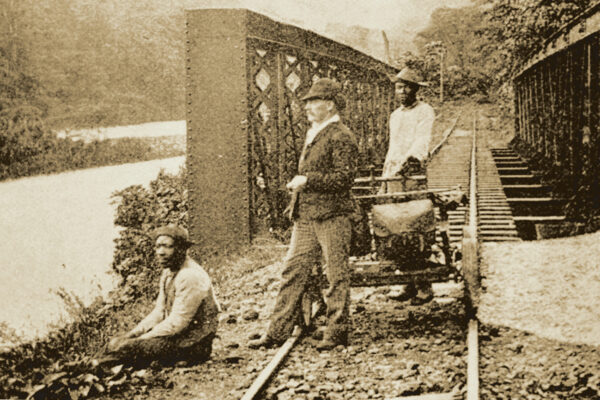
Henry Meiggs transferred the contract to his nephew Henry Keith, who led the works to the Pacuare River, before his death from yellow fever in 1875. Mainor Cooper Keith, a nephew of Henry, was in charge of the project after his uncle’s death. He was born in Brooklyn, and his businesses had a profound impact on Costa Rica and Central America during the nineteenth and early twentieth century.

The railway project became difficult by the lack of funding, rough terrain, thick jungle and tropical diseases. The project required a lot of manpower and physical stamina, so it became necessary to hire foreign labor, reaching to hire up to four thousand people. Initially they hired pirates who died of yellow fever, then they hired Asian, Irish, Scottish, English and coolies. Later on immigrants arrive from other areas of the Caribbean, Honduras, Panama and Belize, and finally a larger number of people come from Jamaica. On 20 December 1872, the first ship “Lizzie” arrives from Kinstong to Puerto Limon with 123 employees for the company. A year later they had 1000 Jamaican workers, mostly of Ashanti origin, which after some time permanently settled down in these lands. The railroad also brought Canton Chinese and Italians for its final stages.
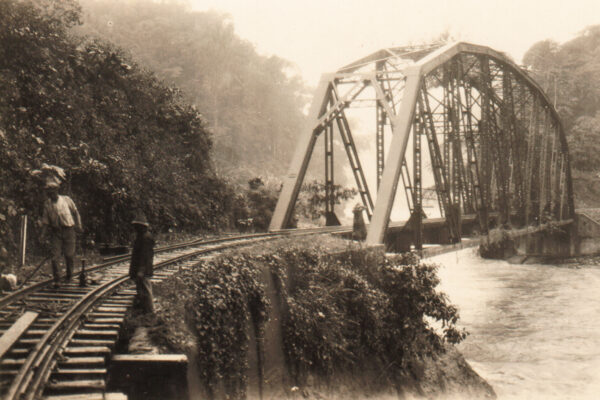
In 1882 the government of Costa Rica is unable to meet payments to both Keith and the British banks that financed the works, so Keith himself along with other investors put capital and renegotiated the debt with the banks. In return, the government of President Prospero Fernandez Oreamuno granted lands in concession with an area of 3,200 km ², tax free, along the railroad route and the lease of the railroad itself for a period of 99 years for its operation.
The railway was completed in 1890, but the flow of passengers and cargo did not provide sufficient resources so as to pay the debts, so Keith entered the banana business, which he dominated it in all Central America.
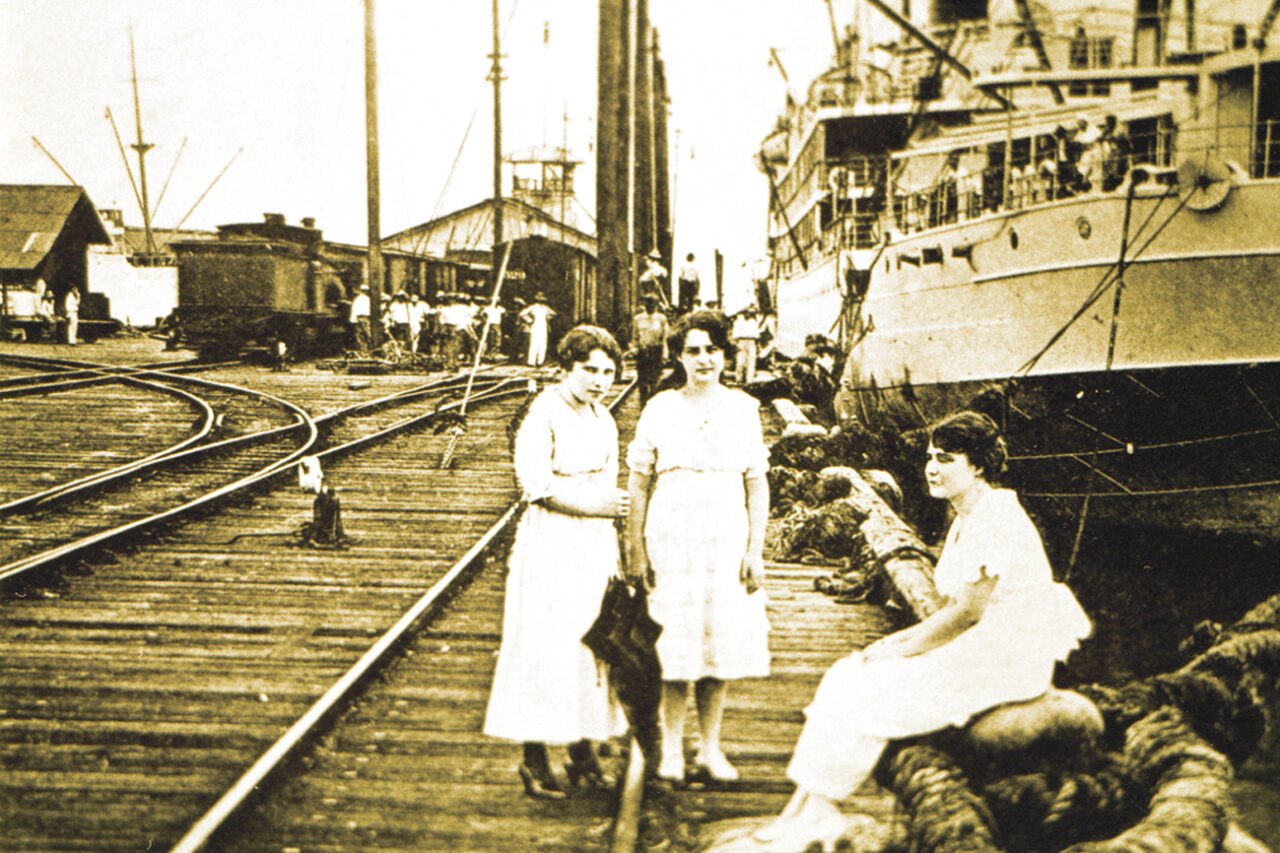
The Banana Companies
A long with the construction of the railway of the Atlantic banana crops were born, exploiting the fertile lands along its route. In early 1873, Mainor Keith had already begun to experiment with banana stumps obtained from the French. To trade the fruit, he began taking them to New Orleans on a steamboat from Port Limon, resulting in a very lucrative business. Motivated by good prospects he rapidly expanded to Panama and Colombia, achieving dominance in the banana market.
After an economic crisis in 1899 Keith was forced to merge with the Boston Fruit Company which at that time dominated this fruit trade in the West Indies. As a result of this merge the United Fruit Company was born, in which Keith was the vice president. The company was well known for the production and trade of tropical fruits, especially bananas and pineapples, in third world plantations. Its business interests came to cover large areas of Central America and the Caribbean where the company was known as Mamita Yunai. It had a tremendous power in the Central American countries, because along with the U.S. government they helped to overthrow democratic regimes to establish repressive governments in countries that were opposed to this business. This was known as Banana Republics, where the company established local leaders that favoured their economic interests.
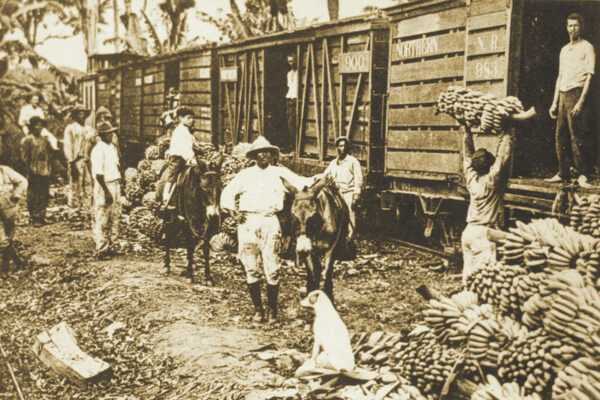
In the beginning of the twentieth century the United Fruit spread their crops from Panama to the Baja Talamanca valleys, which was named Sixaola Division. The need for land routes led them to build in 1908 the bridge over the Sixaola River and a railway line between Sixaola and Cuabre (Olivia) from where the goods were taken to the port of Almirante in Panama. Ten years later they extended their crops to the Estrella Valley, therefore they built another railway line that linked this valley with Limon.
The arrival of international companies turned the territories of Baja Talamanca into banana plantations and their plans of extracting the region’s natural resources forced the Indigenous to retract back to the mountains. They again showed their dissatisfaction, and caused another rebellion under the leadership of Antonio Saldaña, last king Talamanca, head of the communities that opposed to the expropriation of their lands. Saldaña died poisoned in 1910 under mysterious circumstances.
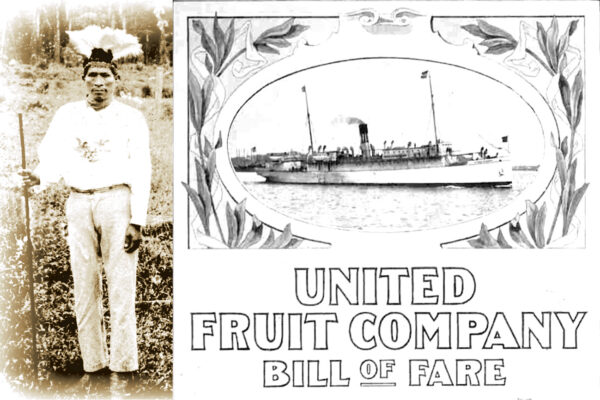
The population growth in Talamanca evolved together with the banana plantations and the complementary activities offered by the banana company, but in general the banana plantations and their workers formed independent cores of coastal populations, which had their own services
In 1920 a series of floods and pests caused a crisis in the banana plantations, which together with the fall of its price, made these companies to partially withdraw partially the Caribbean, causing a slowdown in the economy and a significant isolation of the region.
In 1929, after over exploiting the land for 20 years, the company leases most of its land to independent producers who took all the production risks. In 1930 the Sixaola Division leaves the plantations of the upper valley of Talamanca and moves to the lower area.
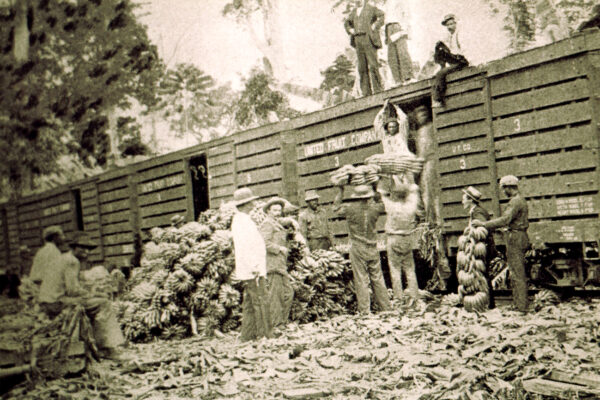
In 1930 the United Fruit Company passed to the administration of an American group, more rigid than the English group in terms of conditions for their workers. There were strikes for the company’s maltreatment, most of them occurred in 1934, though these were being given since 1913, leading to reprisals and large layoffs, especially to the workers that were activists of the UNIA, Marcus Garvey movement, which in some cases fled from the plantations to coastal populations.
In the 30s the Penshurst Banana Company ventures into Talamanca establishing its banana plantations and a railway line that goes from the south of the Estrella River until after Hone Creek, near Puerto Viejo
The United Fruit Company and the Penshurt Banana Company, converting rural agriculture into mass-scale agriculture, they had the economy reins of the agricultural sector as they selected and controlled products that were grown both on plantations and in small independent farms, that depended on the requirements and price that the company imposed to market the products.

The Penshurt Banana Company left its plantations in the Second World War; its workers were unemployed and also the small farmers who depended on their market. It was a tough economical time for Talamanca and people migrated to Panama, Limon and the center of the country in search of work. On the other hand, the United Fruit Company continued with its operations and in 1970 became the United Brands Company, which later on it was called Chiquita Brands International.
Foreign companies came with the necessary capital and technology for the exploitation of their products, built bridges, ports, railways and opened up new roads that replaced the maritime routes. Their contribution was also economical because they created jobs for the people of the area, though on the other hand they caused transcendental changes in the way of life of its inhabitants and an irreparable damage to the Caribbean’s ecosystems
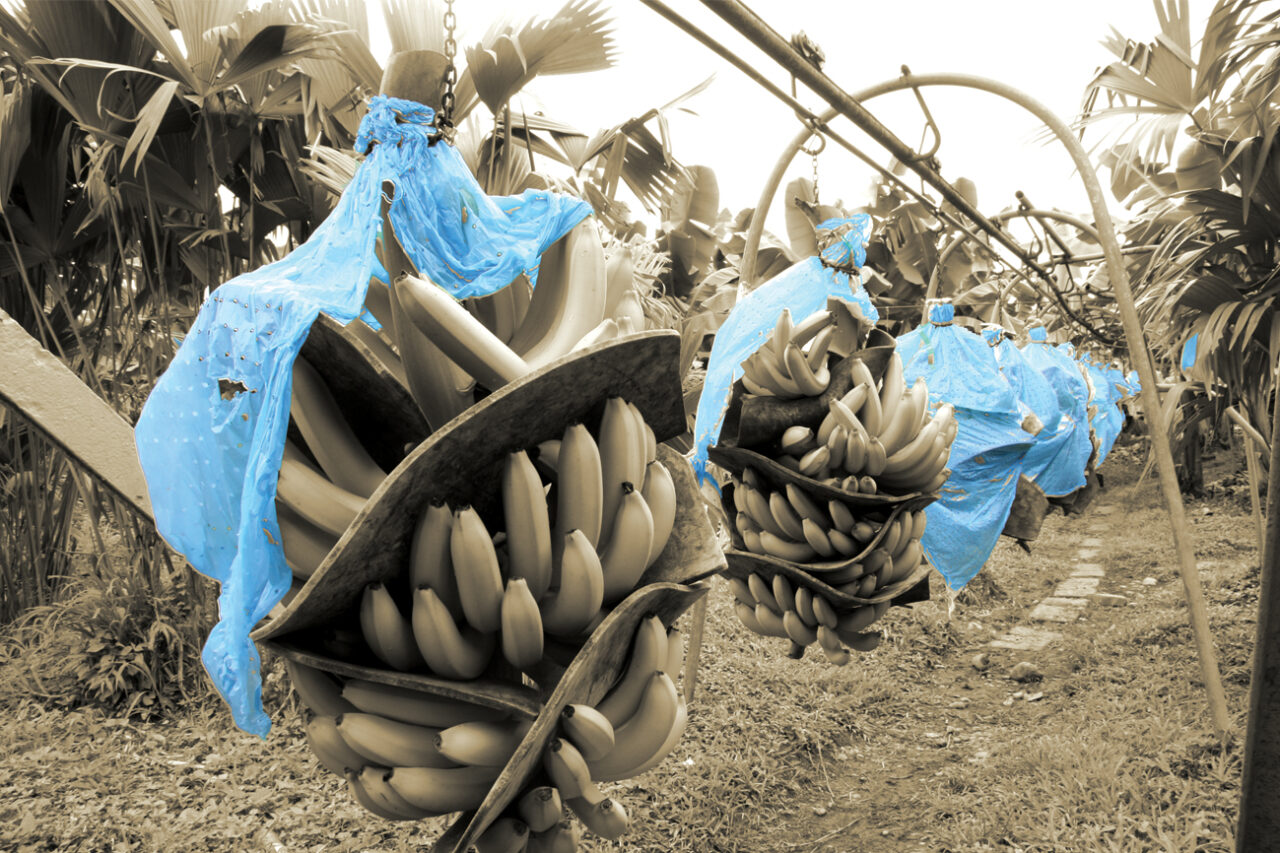

Fotografias del Archivo del Museo Nacional de Costa Rica
Texto de Juan Carlos Lorite y Paco Salmerón